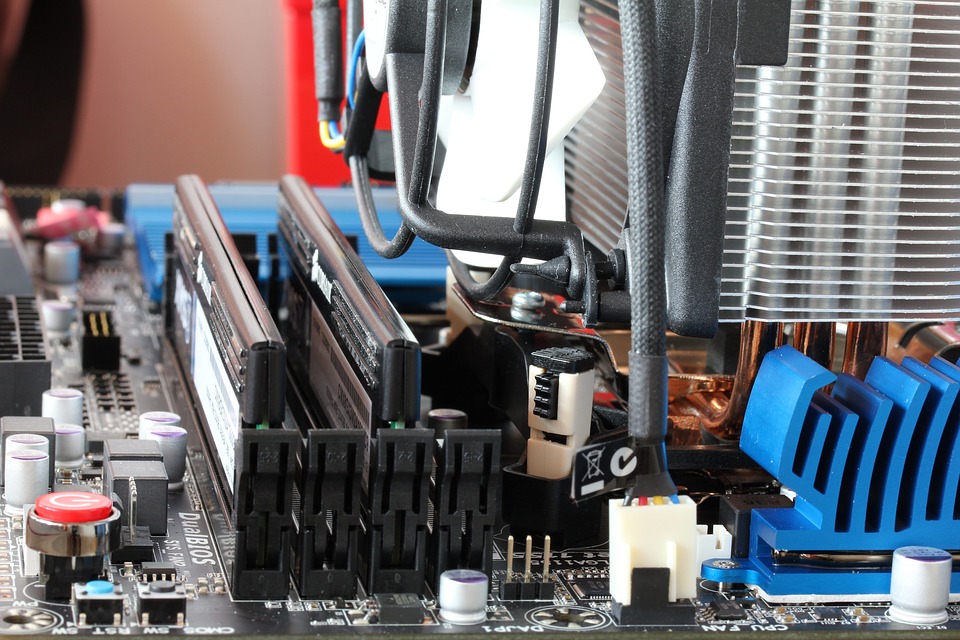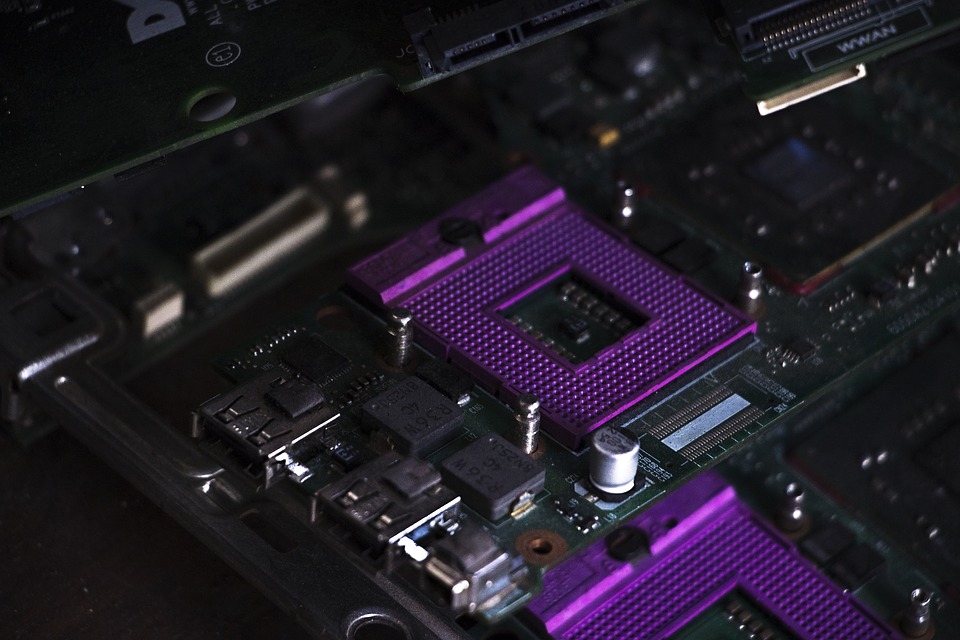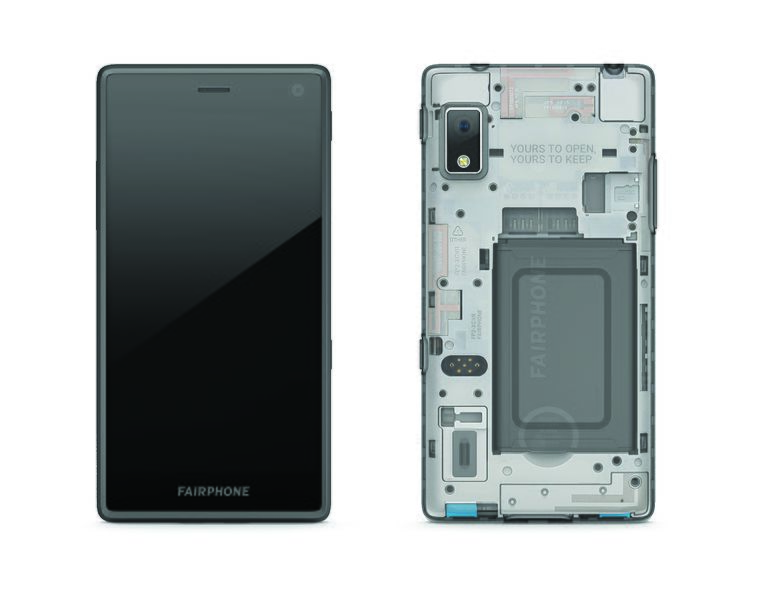Modular Tech: Why Is It Not that Popular?

Modularity is an advantageous approach to designing tech products. Instead of creating a device as a whole with all parts permanently connected as one unit, modular designs make it possible for parts to be upgradeable or replaceable without having to tear apart a device to tinker with its internals. However, it’s not a popular way of building technology products especially for the mass market.
What are the reasons for this? Why do manufacturers refuse to support modular technology? This post will explore this situation while laying out the irrefutable benefits of modular technology.
What Is Modular Technology?
There’s no formal definition for modular technology, but it is basically a design approach wherein a system is subdivided into smaller parts referred to as skids or modules. These modules are important for the overall operation of a system, but they are not built to be assembled along with the rest of the parts for the system to be completed.k
The following attributes characterize modular design:
- Separately or independently produced modules
- Mostly independently functioning modules
- Easily replaceable modules
- Independently upgradeable modules
- Interoperability of the modules with other systems
Take the case of modern smartphones. All parts of these devices need to be screwed in or fixedly connected to the rest of the parts so a final product can be completed. If they were to adopt a modular system, the camera, display, and processor (and other core internal parts), for example, would be easy to remove and upgrade. It would be easier to upgrade to something with a faster Arm chip, for instance, as the module containing the processor can be easily taken out and replaced with a new one.

Benefits of Modularity
Modular designs result in cost efficiency as far as the consumers are concerned. Because the modules are partly or fully independent from the rest of the parts of a device or system, it’s easier to upgrade them. They can simply be removed and a new one snapped right in. Smartphone users, for example, can have better mobile cameras with a higher resolution or bigger sensor size without having to buy a new device. They just have to take out the camera module and replace it with an upgraded version.
This easy upgradeability means it will be cheaper to own devices with updated or better specs at a lower price. It also translates to devices that are easier to fix and unlikely to become unusable if some part breaks. Modular devices are also somewhat future-proof. Additionally, all of these infer that if there are still working modules from devices that have already been abandoned or condoned, these modules or parts can be used to assemble a working device or to add to devices that require replacements.
Why It Is Not Popular
The unpopularity of modular technology, at least as far as consumer tech products are concerned, can be summed up as follows:
- Less Profit for Device Manufacturers – Arguably, the top reason why businesses reject modular tech is money. With the prevailing business environment and customer mindset, introducing modular products is not going to be as profitable. Apple, for example, earns more by selling new iPhones instead of offering modules to replace the different major components of their smartphones. Sales for the latest versions of a product will not be as high if consumers have the option of buying only the parts or modules they want to upgrade.
- Low Consumer Adoption – It also does not help that consumers don’t seem to be receptive of the idea of modular tech. LG, for one, tried offering a modular smartphone, the LG G5, a few years ago. It failed expectations. Even LG had to admit this failure. The device sold less than its predecessor flagship smartphone. There was also a modular smartphone called Fairphone 2 released before the LG G5. It sported flagship specs but still failed to draw the attention of consumers.

Desktop PCs are actually examples of modular technology. They have core parts that can be separately upgraded. Need a new CPU? You can buy a new one and replace the old. You can also add more RAM, a DVD writer, memory card reader, camera, TV tuner, and other add-ons through the USB or the PCI slots. However, desktops are becoming less popular for individual users nowadays as buyers shift to slim laptops (that are difficult to upgrade on a DIY basis) and tablet computers.
- Design compromises – Another important factor why modularity is unlikely to become mainstream is its impact on design. It’s difficult to achieve slim gadgets with a distinctive look if modularity has to be incorporated. Modular devices are generally bigger or thicker than their standard counterparts as they have to take into account the spaces and components necessary to facilitate the easy but secure removal and installation of modules.
Modularity was once seen as the next trend in technology. However, this did not materialize no thanks to the factors mentioned above. Such a trend would have made consumer devices cheaper, easier to repair, less expensive to upgrade, and usable for a longer time. If only the advancement of consumer technology products was not dictated by commercial interests.